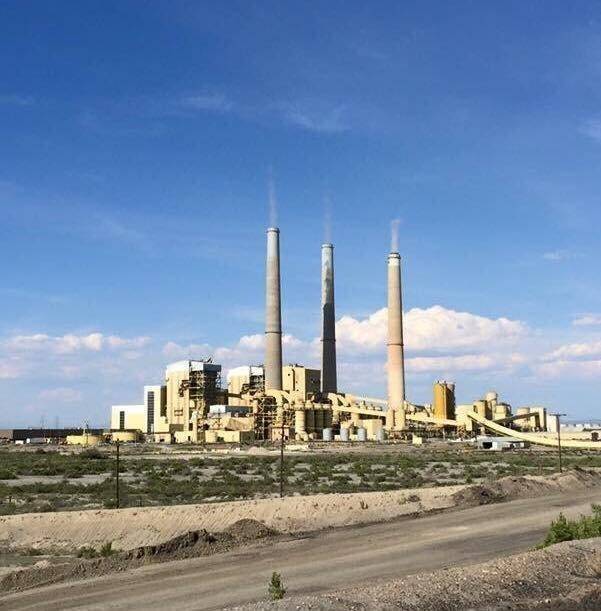Press Release
Federal plan for Hunter and Huntington power plants to reduce harmful nitrogen oxide emissions by an estimated 9,885 tons each year
(Denver, Colo.—June 1, 2016) The U.S. Environmental Protection Agency (EPA) has made a final determination to partially approve and partially disapprove the state of Utah’s regional haze plan to reduce haze-forming emissions affecting Arches, Canyonlands and seven other National Parks and Wilderness Areas protected as “Class I” areas under the Clean Air Act. EPA is issuing a federal plan that will require the installation of emission control technologies and reduce nitrogen oxide emissions from four electrical generating units at PacifiCorp’s Hunter and Huntington power plants in Emery County, Utah by 9,885 tons each year. The Agency is also approving portions of the state’s plan addressing particulate matter emissions at these plants.
“EPA is taking action to cut harmful haze pollution at some of our nation’s most treasured and popular National Parks,” said Shaun McGrath, EPA Region 8 Administrator. “The steps included in this plan will rely on proven, widely used pollution control strategies used at power plants across the country, protect public health, and improve visibility for those who visit our Western parks for years to come.”
The federal plan will reduce harmful nitrogen oxide emissions and improve visibility conditions in nine Class I areas, including some of the nation’s most highly visited national parks. Visibility conditions at Canyonlands National Park, the area most impacted by emissions from the Hunter and Huntington plants, are estimated to improve by more than 3 deciviews. One deciview equals an incremental change in visibility perceivable by the human eye. Haze-forming pollution, including nitrogen oxides, sulfur dioxide and particles, poses health risks and contributes to respiratory conditions, such as asthma, emphysema and bronchitis, heart disease, and premature death.
EPA’s assessment of the state’s regional haze plan included the review of visibility benefits, information on costs, other measures and the extensive feedback the agency received through public comments and a January 2016 public hearing. Following this review and the requirements outlined in the Clean Air Act, the federal plan will include the use of selective catalytic reduction (SCR) systems, a proven, cost-effective control technology, at the Hunter and Huntington power plants. The federal plan requires compliance, including the installation of emission controls, within five years.
The Clean Air Act establishes the prevention of any future, and the remedying of any existing, impairment of visibility in 156 mandatory Class I national parks and wilderness areas. To address this goal, Congress required EPA to adopt rules and required states to develop regional haze plans to reduce haze-forming emissions and meet the requirements of the Act.
For more information, including EPA’s final rule, visit: https://epa.gov/region8/air-program.
For more on visibility, regional haze and the Clean Air Act visit: https://www.epa.gov/visibility

